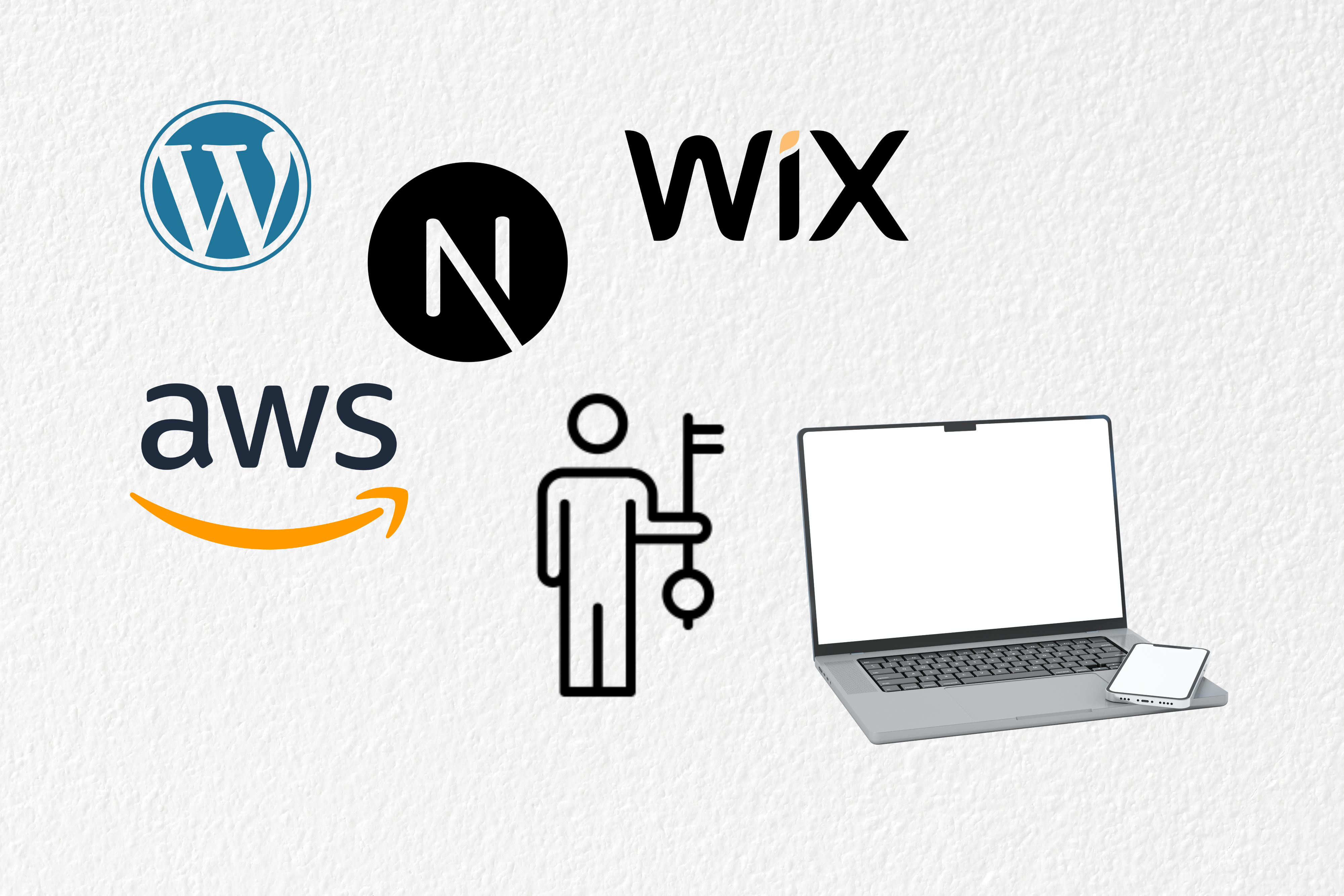Today, I’m going to break down everything about websites: how the web works, how websites operate, and how you can control them yourself. The web world is often gatekept – people hide knowledge (“giấu nghề”) because they think websites are a money-making secret. In reality, it’s not hard once you see the full map.
Especially for people working with WordPress: you can spend years building sites without actually understanding what’s happening under the hood. Nobody explained the fundamentals properly.
Websites Are Just Files
A website is, at its core, just a file – like a Word document. You can open it offline, no internet needed. But for other people to see it anytime, you need a computer (server) running 24/7 to “serve” those files.
Hosting and Domain
Hosting = a rented computer online (like DigitalOcean or AWS).
Domain = a pretty name (like example.com) pointing to that computer.
Drag & Drop vs Code
- Drag-and-drop tools (WordPress, Squarespace) are convenient but limited.
- Code-based frameworks (Next.js, Astro, SvelteKit) give full control and scale better – especially now with AI (like ChatGPT) helping you code, debug, and deploy faster.
Modern Approach
- Build with code (lightweight & customizable).
- Use AI to assist with syntax and setup.
- Deploy directly from GitHub to a hosting provider.
- Point your domain and go live.
| Aspect | Old Method (WordPress) | Modern (Next.js + AI) |
|---|---|---|
| Learning curve | High (plugins, themes) | Lower (AI assists coding) |
| Speed | Slower, more manual steps | Faster, automated workflows |
| Customization | Limited by themes | Full freedom via code |
| Maintenance | Frequent plugin conflicts | Easier, code-based updates |
Once you see this map, you realize there’s no magic – just steps.
